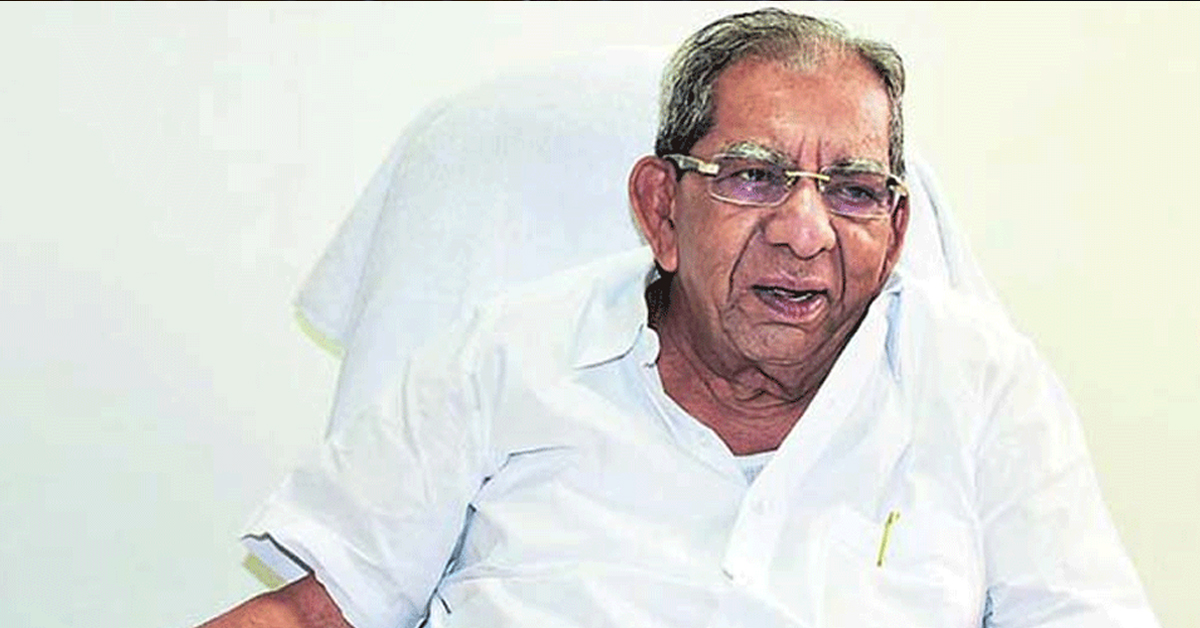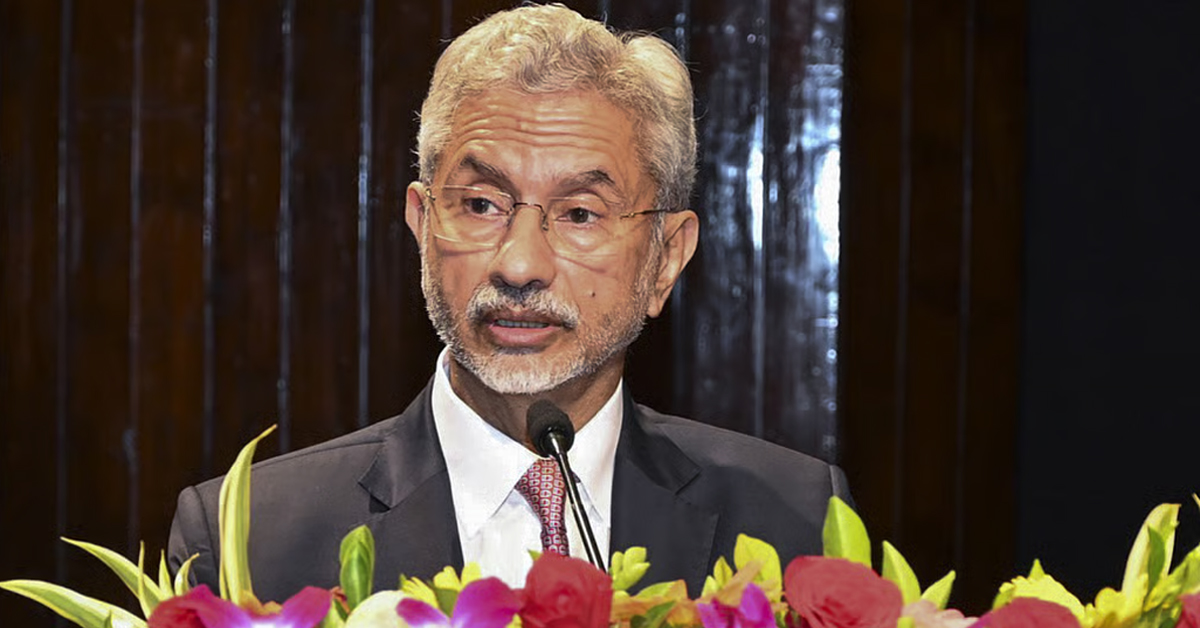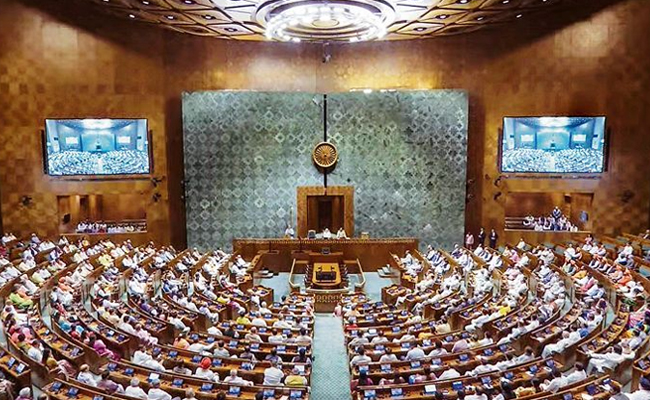Beijing, July 10 : With 96 per cent of China's villages connected to the Internet and each rural household having on an average three mobile phones, the sickle and hoe have been replaced by the smartphones and apps as the country's emblematic farming tools.
In east China's Jiangxi province, smart greenhouses with watering and fertilising controlled via mobile phone are a rage.
In a demonstration greenhouse covering 5,000 square metres in the city of Yingtan, most work is done by a system of perforated plastic pipes combined with sensors to monitor temperature, air humidity, mineral content and water content of the soil.
"Everything is controlled by a cellphone app," said Wei Yulong of Dongrui Industrial, which developed the system.
"The system delivers water and fertiliser directly to the roots of the plants," Yulong added.
The polythene that covers the greenhouse can also be adjusted according to the sunlight. This and another 200 agriculture projects are backed up by a provincial Cloud platform.
According to the Jiangxi provincial agricultural department, 59 out of 100 county-level cities are covered by the network, which also helps the local government monitor food safety and rural e-commerce development.
More than 20,000 rural families are registered at the platform.
China's Ministry of Agriculture and Rural Affairs wants smart phone applications to be widely used in agriculture and has set up demonstration bases to help farmers get familiar with the latest gizmos.
"I can use my cell phone to monitor and control conditions in my greenhouse, orchards and fish ponds, from anywhere in the world," said Chen Yuping, General Manager of Dongrui.
In fish ponds, for example, the oxygen pump used to be controlled manually in accordance with temperature changes. Now? Just leave it to the app.
With over a billion people connected to 4G networks in China, mobile Internet, the Internet of Things (IoT), Cloud computing, and Big Data have transformed farming.
In Ruichang, Jiangxi, a mobile app, synced with an insect light trap, monitors pests.
"After trapping the insects, the mobile app identifies them and counts them. An analysis report is sent in every 30 minutes," said Fan Jingsong, head of the city's agricultural plant protection station.
The application has revolutionised the station staff's work. Previously, they had to go into fields to study the pest situation, regardless of the weather. The work was tough and the accuracy low.
Three Internet-linked pest monitoring systems have been set up in Ruichang and three more will be built soon. "When all the facilities are ready, farmers can use their own mobile phones to check on pests in their farms," Fan said.
Since 2015, training and competitions have been held to encourage farmers to get familiar with the latest farming apps.
Let the Truth be known. If you read VB and like VB, please be a VB Supporter and Help us deliver the Truth to one and all.
Belagavi (PTI): Karnataka Assembly Speaker U T Khader on Monday condoled the death of veteran politician Shamanur Shivashankarappa.
The 94-year-old Davangere South MLA died in a private hospital on Sunday after a prolonged illness. His last rites will be performed in Davangere on Monday.
Mourning his demise, Khader said it is a painful day for the House as the sitting member of the state Assembly and former minister has died.
"His contribution to society is vast, not only politically but also religiously, socially and culturally," Khader told reporters here.
In his 94 years Shivashankarappa demonstrated how to take everyone along and used to solve many problems with a smile and patience.
The Speaker said the Assembly members will pay condolences to the departed soul, after which the session will be adjourned for Tuesday.
To a question whether he was looking to increase business hours this time, Khader said there is a business advisory committee that will look into it.





